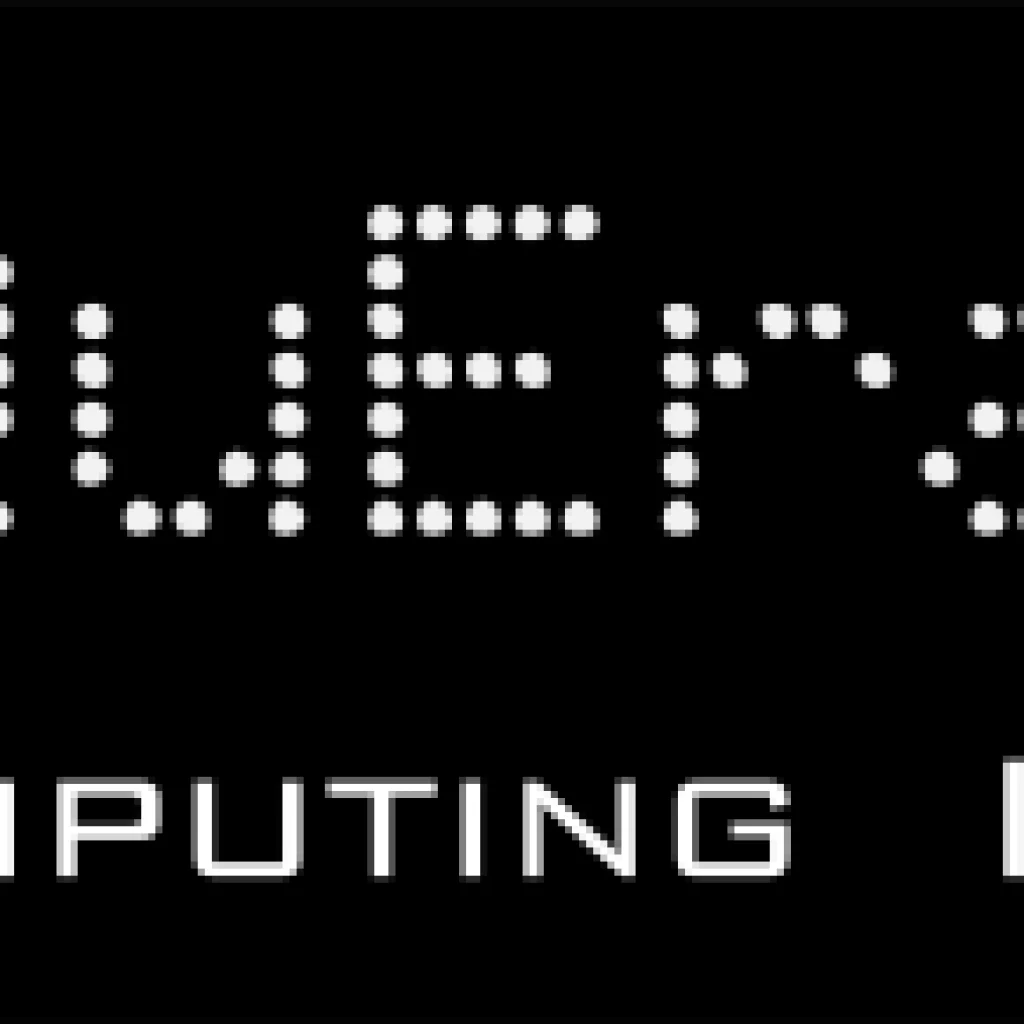When it comes to quantum computing, neutral atom architectures offer one of the leading types of qubits for this technology. Because of this, many quantum companies, including QuEra Computing, are becoming market leaders in developing successful neutral atom quantum computers. Recently, QuEra researchers have been able to develop a method that allows for wider optimization calculations on their neutral atom quantum computer, Aquila, the first and only publicly accessible machine of its kind. “So, this new method extends the current capabilities of neutral atom quantum computers in terms of solving optimization problems,” explained Dr. Shengtao Wang, the Quantum Algorithms and Applications Manager at QuEra. This new method could help advance neutral atom computing even further, pushing it ahead in the qubit race.
Widening Optimization Capabilities
According to Wang, the new method focuses on encoding problems beyond geometric graphs. With previous encoding approaches, non-geometric graphs were difficult to analyze due mainly to the native connectivity between qubits restricted by the given hardware geometry. The graphs had to be focused on specific geometries within a two-dimensional plane. “With this new method, we extend that capability and basically graphs with arbitrary connectivity, including three-dimensional connectivity,” Wang stated. “That means like any kind of complicated non-geometric connectivity, we can also encode with our current machine using some additional qubits.” The problems that this new method can solve also go beyond the hardware-native maximum independent set optimization problem, and can be applied to problems like the factoring problem or quadratic unconstrained binary optimization.
This expanded class of problems is also helpful in applying the Aquila platform to specific use cases, from mobile networks to quantum chemistry. As Wang explained: “If we think about a specific problem use case, like how a protein fold is three dimensional, we can also think about how molecules interact with each other. Because this is three-dimensional, our new method can analyze and optimize that.” Wang added that this new method can be applied to other use cases including financial (such as portfolio optimization), as well as scheduling and logistics. With an expansion in its capabilities, QuEra is confident that it can expand its impact within the quantum industry. “There is no question that today’s news helps QuEra deliver value to more partners, sooner. It helps bring us closer to our objectives, and marks an important milestone for the industry as well” said Alex Keesling, CEO at QuEra Computing in a press release. “This opens the door to working with more corporate partners who may have needs in logistics, from transport and retail to robotics and other high-tech sectors, and we are very excited about cultivating those opportunities.”
How QuEra is Scaling Up
Of course, this new method relies on a larger number of qubits. But as Wang explained, this won’t be a problem for their neutral atom computing architecture. “The neutral atom platform already has the largest number of qubits compared to other cloud-available platforms,” Wang stated. “At QuEra, we now have over 256 qubits on the cloud, and we’re going to have more than 1000 qubits soon. So, this new method is actually sustainable with our goals for scaling up.”
Kenna Hughes-Castleberry is a staff writer at Inside Quantum Technology and the Science Communicator at JILA (a partnership between the University of Colorado Boulder and NIST). Her writing beats include deep tech, the metaverse, and quantum technology.
